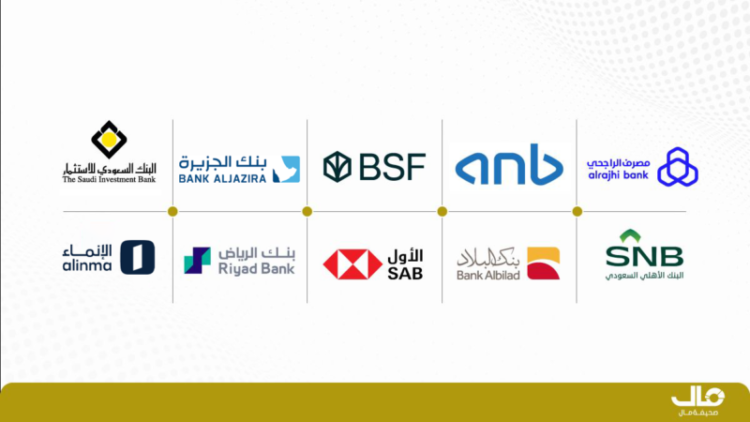Publisher: Maaal International Media Company
License: 465734
IMF: Saudi Banks’ Exposure to Foreign Exchange Risk Remains Low; Recommends Further Prudential Measures
The International Monetary Fund (IMF) confirmed that Saudi banks’ exposure to foreign exchange (FX) risk remains low. However, in its 2025 Article IV Consultation Report with the Kingdom, the Fund noted that imposing prudential limits on net open FX positions could further enhance financial stability.
The report highlighted that amending the loan-to-deposit ratio (LDR) in accordance with regulatory frameworks at the Saudi Central Bank (SAMA)—particularly by lowering the risk weight assigned to foreign currency funding—could also contribute to reducing reliance on short-term external borrowing.
The IMF further noted that the ongoing internal review at the Saudi Central Bank is expected to strengthen risk-based supervisory approaches. This includes updating internal monitoring systems, standardizing data reporting templates, and refining the supervisory cycle.
اقرأ المزيد
The report emphasized that SAMA should continue implementing the Internal Capital Adequacy Assessment Process (ICAAP) and the Internal Liquidity Adequacy Assessment Process (ILAAP). These mechanisms are essential in assessing whether banks’ capital and liquidity positions are aligned with increasing global uncertainty and a low oil price environment.
IMF experts also welcomed SAMA’s readiness to impose institution-specific prudential requirements based on the outcomes of ICAAP and ILAAP assessments.
The report, issued following the Article IV consultations with Saudi Arabia, revealed that SAMA has submitted a draft of the new Banking Law to legislative authorities. The IMF praised the Central Bank’s efforts in developing Saudi Arabia’s regulatory and supervisory frameworks, ensuring they are aligned with international best practices. The report also acknowledged the effectiveness of SAMA’s liquidity management tools and their role in promoting and maintaining liquidity stability.
According to the IMF, SAMA’s efforts also include advancing its risk-based supervision framework, launching a supervisory system for large-scale infrastructure and construction projects, initiating the operations of the bank resolution unit, and making tangible progress toward establishing a comprehensive crisis management framework.








